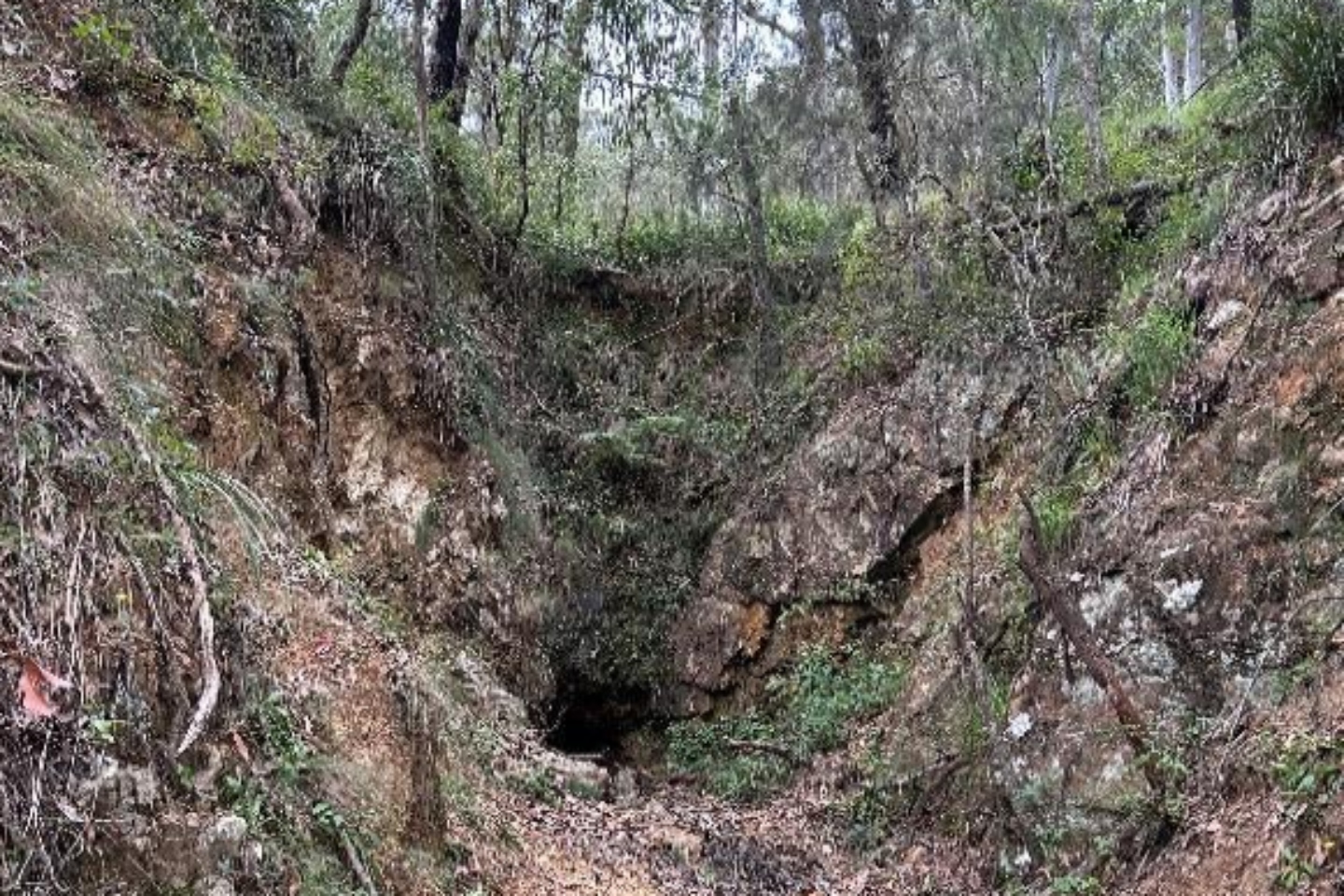Thunderbird Resources has uncovered a string of high-priority gold targets at its Kookabookra project in NSW, with geophysics revealing sulphide-rich anomalies that correlate with past mineralisation. The company’s drill rig is now poised to hit the ground in the fourth quarter, with strong geological cues pointing to untapped gold systems similar to the nearby Hillgrove antimony-gold deposit.


Thunderbird Resources has lit the fuse on what could be a game-changing gold discovery at its Kookabookra project in northern New South Wales after geophysical surveys unveiled a suite of high-grade drill targets brimming with sulphide-rich potential.
The company says its gradient array induced polarisation (GAIP) survey has thrown up a series of chargeability anomalies at the Mt Secret and Mannix prospects, potentially laced with sulphides such as pyrite and arsenopyrite.
These types of geophysical highs are often smoking guns for intrusion-related gold systems and appear similar to the style powering Larvotto Resources’ nearby Hillgrove project, home to Australia’s biggest antimony prize.
Three significant anomalies have been unearthed at Mt Secret in a geological sweet spot running adjacent to the northeast-trending Glen Bluff fault.
One of the targets sits immediately north and along strike from the old timer’s Mt Secret mine, where Thunderbird recently pulled up a rock chip grading a massive 153.5 grams per tonne (g/t) gold. The gold mineralisation at site is linked to quartz veins and structures within an altered granitic host rock.
Notably, the area has never been drill tested, although seven reverse circulation holes were plunged into the ground in 2015 just south of the mine. The best results from that campaign included one hit of 17 metres grading 0.43g/t gold from 10m depth and another 6m slice running at 0.67g/t gold from 69m.
The two biggest anomalies to light up in the latest geophysical survey are south of the old mine and have also never been tested. The largest measures 170m in strike.
The geophysical survey suggests these two targets have been separated by the Glen Bluff fault in a major geological break, with lower resistivity Black Knob monzogranite to the east and a mix of volcanic and metasedimentary rocks to the west.
Adding to the intrigue, a small gold anomaly picked up in a soil geochemistry survey and overlying the GAIP anomalies ran as high as 42 parts per billion (ppb) gold.
The plot thickens over at Mannix. A cluster of chargeability anomalies in the south of the prospect are rubbing shoulders with a gold-in-soil hotspot, which peaked at 926ppb gold. Like Mt Secret, it has never been drill tested.
Previous explorers, who focused their drilling efforts north of these new anomalies, intersected consistent low-grade gold in all 12 drill holes, including a 12m intercept grading 0.53g/t from 10m depth and 15m running at 0.37g/t gold from 7m, which ended with a tidy 1m hit of 3.42g/t gold.
Thunderbird says the historic holes appear to be hosted by the same Black Knob Monzogranite at Mt Secret and could well have been ‘near misses’, which skimmed past the real prize.
Thunderbird Resources executive chairman George Ventouras said: “These are outstanding results which highlight the huge potential at Kookabookra. Significantly, the IP targets are close to historical exploration and drilling. Given that these targets are contained within a small portion of the overall tenement area, the potential elsewhere at Kookabookra is significant.”
Meanwhile, boots are already back on the ground in the Bear Hill-Butchers Reef area at Kookabookra, where previous rock chip assays have returned up to 11.65g/t gold and historical production exceeded 3,000 ounces at an eye-watering 28g/t. Soil sampling and mapping are now underway to further flesh out this area ahead of a future drilling program.
Thunderbird’s total land package in NSW’s fabled New England Orogen consists of seven leases and spans 618 square kilometres.
While Thunderbird’s current spotlight is firmly on its flagship leases, its Rockvale project, south of Kookabookra, could also be a real sleeper.
Covering 358 square kilometres across five tenements, Rockvale is shoulder-to-shoulder with Larvotto’s Hillgrove project - home to Australia’s biggest antimony deposit and the eighth largest in the world, containing 7.2 million tonnes at 4.4g/t gold and 1.3 per cent antimony.
Desktop studies from historical workings and dozens of gold and antimony occurrences at Rockvale make compelling reading. At the company’s Taits Gully-Four Shafts prospect, one rock chip registered 49.8g/t gold and 4.1 per cent antimony, adding to another screamer of 76g/t gold.
Meanwhile, at Thunderbird’s Union Jack–Silver Spur prospect, historic samples returned up to 27.65g/t gold, 1.4 per cent antimony and a jaw-dropping 1.64 kilograms per tonne of silver. The prospect appears to show consistent gold hits above 1g/t across an 800m mineralised quartz vein system, hosted in the same monzogranite rocks as Hillgrove.
Thunderbird is set to lodge drill permit applications for Mannix and Mt Secret this month and has scheduled a maiden campaign to kick off in the last three months of the calendar year.
The company could just be sitting on the cusp of something special and, with a drill rig locked and loaded, the next chapter in this golden tale maybe about to unfold.
Is your ASX-listed company doing something interesting? Contact: matt.birney@businessnews.com.au















